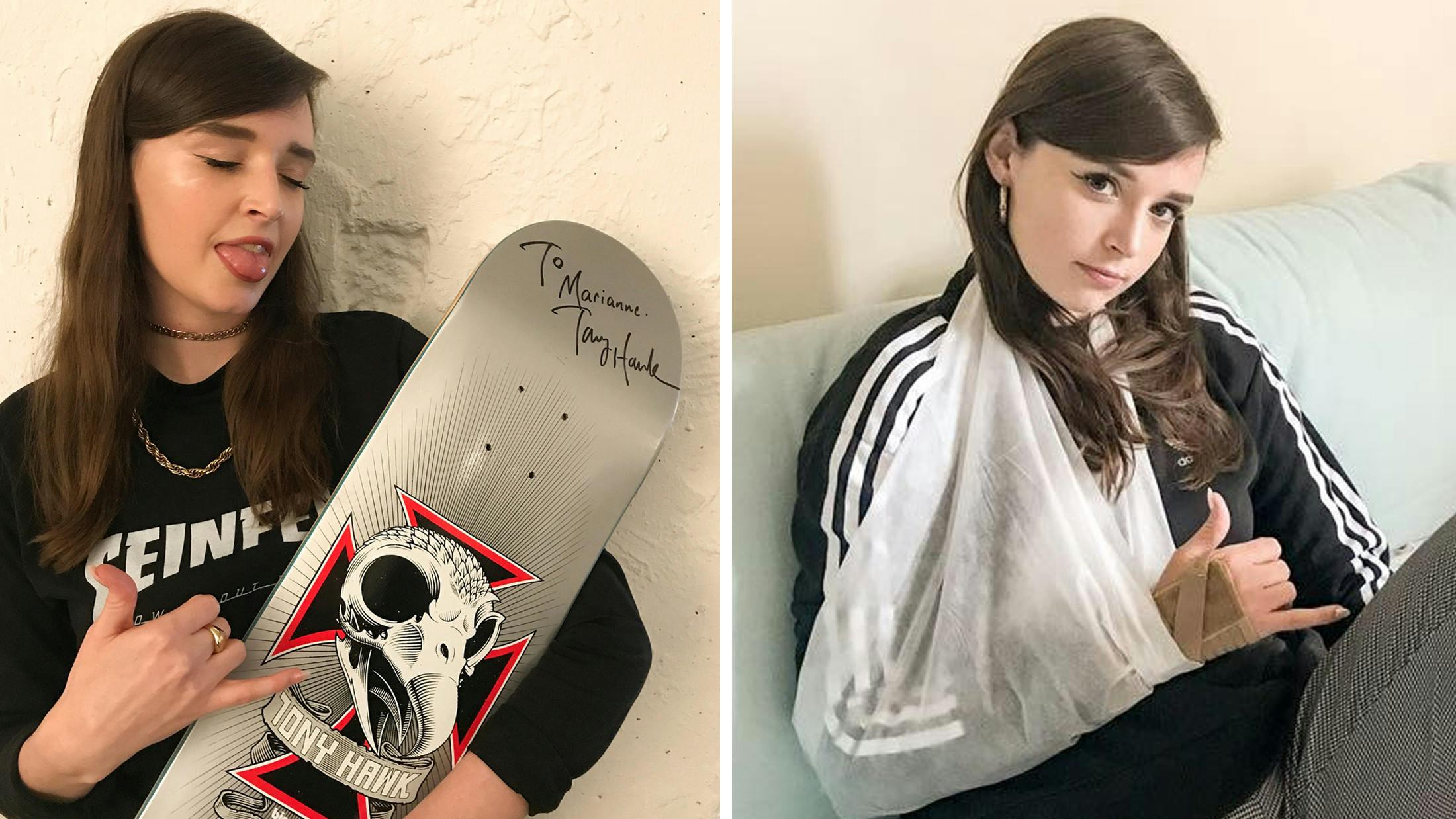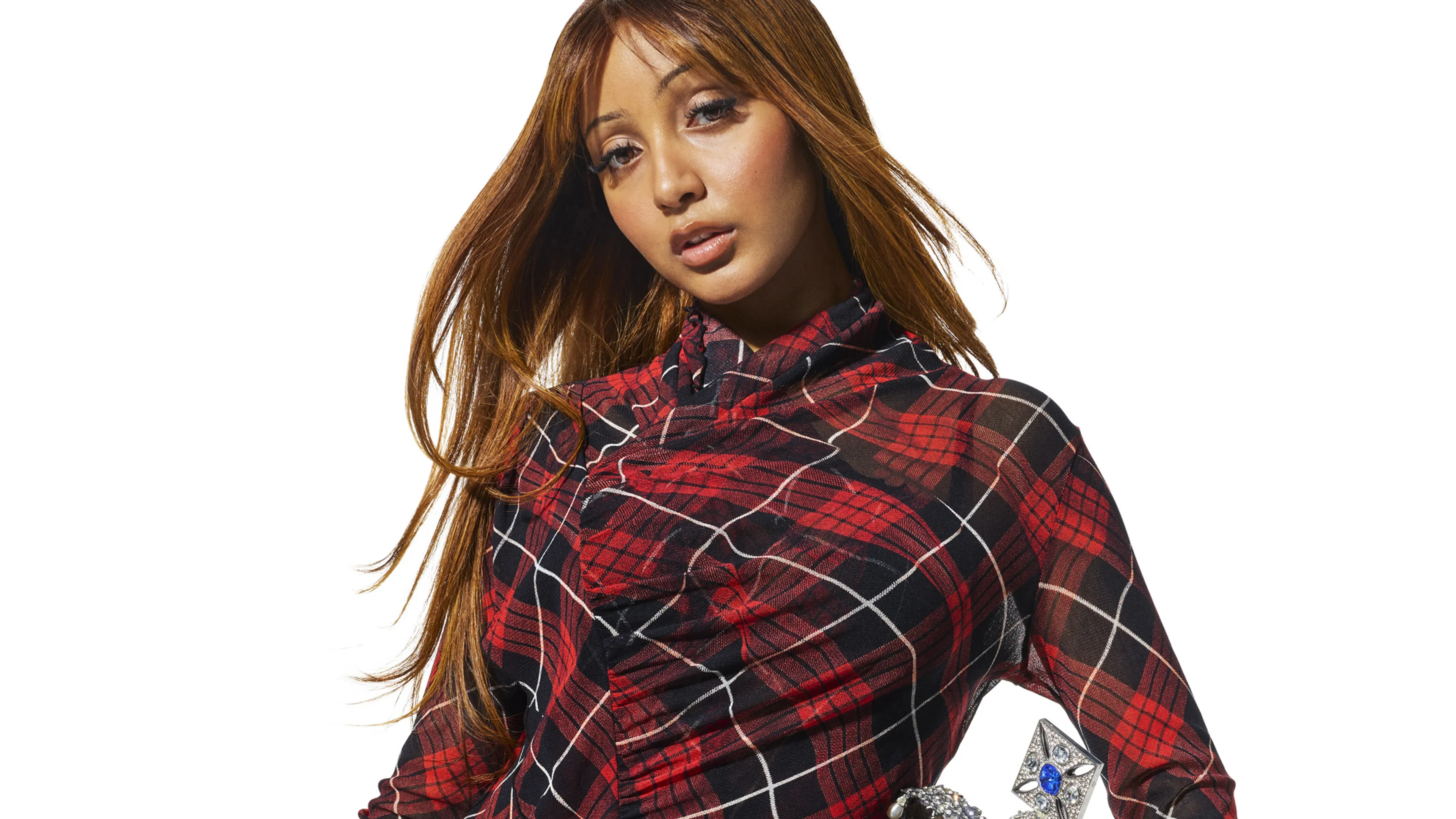Last month I had my worst injury yet. After barely recovering from a problem with my knee that had, as always, arisen from nowhere, I went to a girls’ night on a Thursday where I fearfully took part. On the Saturday, I went skating with a friend – just along a smooth path, taking it easy like I’ve done a 1000 times since I was seven. I wasn’t trying anything new or pushing myself in the slightest, but the next second, I was on the floor. I don’t know what sent me flying, but I do know what came next: a giant bruise on my knee, smaller ones on both legs, both hands cut to bits, my elbows bruised and grazed, and an arm I couldn’t really move at all. I got up, I walked it off, I told myself that it wasn’t so bad. Later that day I was in agony; at A&E, after seven hours sobbing and being fed codeine, I was told that I had broken my elbow and potentially my scaphoid. I was put in a pink plaster cast and sent on my way, screaming every time my Uber went over the slightest bump.
Nursing my swollen arm in A&E, I beat myself up constantly that it was my fault for doing this to myself. Why had I gotten into skateboarding again? I knew my body wasn’t like other people’s, and yet, I kept pushing it. I would have to work, travel, live, all in a cast. A few days later, on a work trip alone to New York, struggling to dress myself and wearing a cap for two days because I couldn’t even brush my own hair, I swore to never skate again. The weeks that followed, difficult weeks of tears and pain over the slightest task, I beat myself up constantly for doing this to myself.
And now? Well, it’s like childbirth: you forget just how much it hurt because the reward is so high. I grew up around skaters, seeing them brag and brush off bones sticking out of ankles and bruises and split lips. The difference is that they, for the most part, recover. But if I’m going to be bedbound for taking the wrong step or bending my back too far, I may as well do something that makes me so happy, that makes me feel like my body can do something right. And will I skate again? For now I’m still recovering, but sure, I’m pretty certain I’m stupid enough. But what I know for sure is that even if I don’t, I’ll still be at the women’s nights. I’ll still be writing about skateboarding. I am still grateful for everything that it’s brought me; the friends, the sense of self, the understanding of my own relationship to my body. And for all of that and for the broken bones, I have Tony Hawk to thank.
Words: Marianne Eloise








